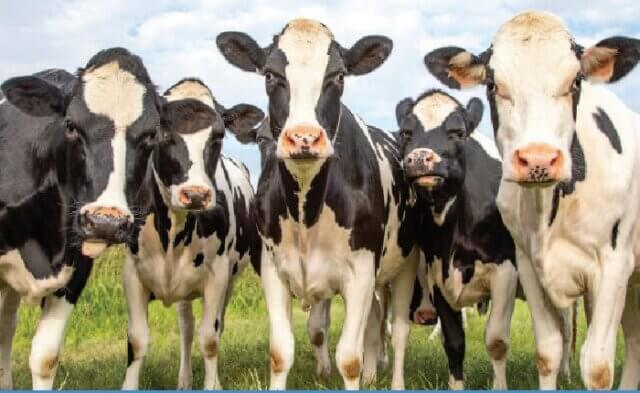Given how profoundly animals suffer at the hands of humans, you would expect to see them rebel if given the chance, as depicted in the new CBS television series Zoo. But even though the rebellious animal characters in Zoo are fictional, real animals still end up paying a price for it. Zoo producers force live animals to participate in the production instead of availing themselves of the high-tech non-animal options available.
It’s a shame that CBS is so out of touch. Every jaw-dropping chimpanzee and gorilla in Rise of the Planet of the Apes and its sequel were created using computer-generated imagery (CGI), as were all the animals in last year’s film Noah. All the best commercials during the last Super Bowl used faked animal scenes. And has anyone seen the dinosaurs in a little film called Jurassic World?
In sharp contrast to the glamour associated with Hollywood, the day-to-day living conditions for animals used in movies, television shows and commercials are often grim. Some animals are taken from their homes in the wild. Most are kept in cramped enclosures and deprived of all that is meaningful to them, including natural social groupings and an appropriate environment.
Time is money in the entertainment industry, so there is a great deal of pressure for trainers to ensure that animals perform correctly in the fewest takes possible. These financial constraints can and do lead trainers to apply severe punishment and force during training sessions to ensure that animals perform on cue when they’re on the set.
The spirits of social and intelligent animals such as chimpanzees and orangutans must be broken before they can be used as “actors.” Eyewitnesses at California facilities that “train” (i.e., break) great apes have reported seeing workers severely beat baby chimpanzees and orangutans with rocks, broom handles and their fists. Beatings are meted out routinely in order to ensure that the animals remain compliant. After learning about the cruelty in the industry, every one of the top 10 U.S. advertising agencies signed PETA’s pledge never to use great apes in their work.
Between assignments, animals are often stored like props in small, barren cages. And when they are no longer of use, Hollywood animal trainers rarely provide them with appropriate lifetime care. Instead, they may spend the rest of their lives in deplorable conditions in backyard pens or cramped cages. Three chimpanzees used by the trainer who is currently supplying animals for Zoo, for example, were dumped at decrepit roadside zoos with appalling records.
And there is no comfort to be taken in the ubiquitous “No Animals Were Harmed” disclaimer by the American Humane Association (AHA). Having its representatives on the set is no guarantee that animals are safe. The AHA doesn’t oversee the off-site training of animals—where most abuse occurs—or the animals’ living and transport conditions. The AHA does not take into account a trainer’s record of animal-related offenses or violations of the federal Animal Welfare Act. A scathing 2013 exposé that ran in The Hollywood Reporter concluded that AHA monitoring is woefully inadequate and that as a result, animals used in film and television are frequently put in dangerous situations, injured or even killed.
Technology has had a profound impact on the entertainment industry, and it continues to advance by leaps and bounds. Those who are still resorting to the use of live animals may as well go back to using 8 millimeter film—because that’s how far behind they are.





